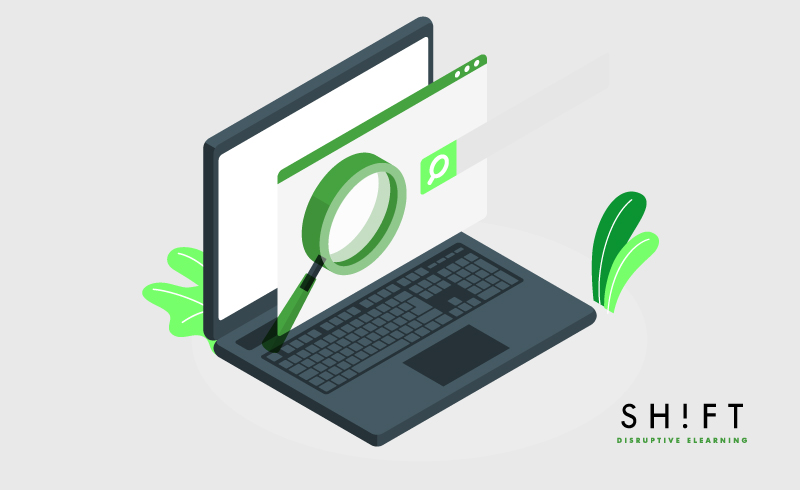Although it might seem absurd to design training without the end user in mind, an audience analysis is an extremely important yet often overlooked element of instructional design.
Before creating an eLearning course, you should find out as much as possible about your learners. This information should directly impact your design and content choices. For example, the experience levels of the audience will affect the types of activities incorporated in the course.
During the eLearning audience analysis stage of design, it is important to think of your learners as a group of individuals with specific goals. Remember, demographic profiles of your target audience do not always paint the complete picture. You have to look beyond statistics like age, educational qualification, and occupation to understand the learner. Your learner is a sum of his or her past experiences, desires, aspirations, and expectations. Their learning styles and media preferences are shaped by their familiarity with and access to technology. Their cultural upbringing influences their perception of symbols, images, words, or analogies. Learners are a complex and multi-dimensional human beings; just a few numbers do not define them.
Here are five ways you can get to know your eLearning course target audience:

1) Interview stakeholders
The first place to start researching your learners is with the project’s stakeholders. Find out who commissioned the training and why. That will give you insight into the audience and their existing knowledge gaps.
Direct managers can provide background history, training context and specific information about the individuals who will take the course. HR managers can also help fill in the gaps by explaining the training need at an organizational level. Do your research by directly asking these key people information about your learners including their experience, job levels, and areas to work on.
Read more: A Template to Carry Out an eLearning Audience Analysis
2) Use past performance as an indicator of current needs
When you need to identify current knowledge gaps and learning objectives for a course, it can be extremely beneficial to analyze prior outputs and past performance data. If you can talk to the manager or HR contact, ask them to provide information that can be used as a tool for analyzing your learners. Use existing information as a benchmark for what they know, and compare this with expected outcomes in order to identify areas where training is needed.
Also, you can also use workplace skills testing to identify current skills gaps. This can provide a benchmark so that you can clearly visualize what your employees know before you get started.
Also read: When to Invest in Training Your Employees
3) Observation
Once you have an understanding of the audience’s background, find a way to observe them in action. Don’t let others tell you, see for yourself! Watch your learners in their native environments. Take note of the responsibilities of the job and notice how different people perform similar tasks. Through observation, you can identify target outcomes, best practices, and common challenges. This environment also allows you to see the tools that are available to the learners.
4) Survey employees
In order to get to know your students (know what they like, how they learn and what learning format they prefer) you have to ask them. Remember, your learners are your customers.
Start by identifying what information you want to know, and use this information to create a pre-course survey. Information that will directly affect your training includes:
- Current role and job experience.
- Tools used on the job.
- Job motivators
- What learning format they prefer, such as slides, videos, infographics, activities, etc.
To better understand what they like and don't like, give them short fill in the blank scenarios.
For instance:
- I learn most when...
- I don't like it when training is...
- The ideal training course would be...
Keep all survey and knowledge questions brief and vary them based on job roles if possible.
5) Talk to them directly
The best way to find out what your learners need is to talk to them directly. Set up interviews with the individuals who will take your eLearning course. Ask questions about what they need to accomplish and what issues they run into during the process. You can also ask about previous training experiences to find out what worked and what didn’t. Tie this information in with what you have observed about the job in order to gain insight and create content from a learner’s perspective.
There is no denying the importance of knowing your audience. Learner analysis can be conducted in a variety of ways including through interviews and surveys. Be creative and find ways to identify with the needs of the individuals who will be taking your course.


